Apple's new MacBook Pro aims to solve keyboard dust issues
Tech giant hasn't said it, but a teardown suggests it's tried to solve its faulty butterfly mechanism
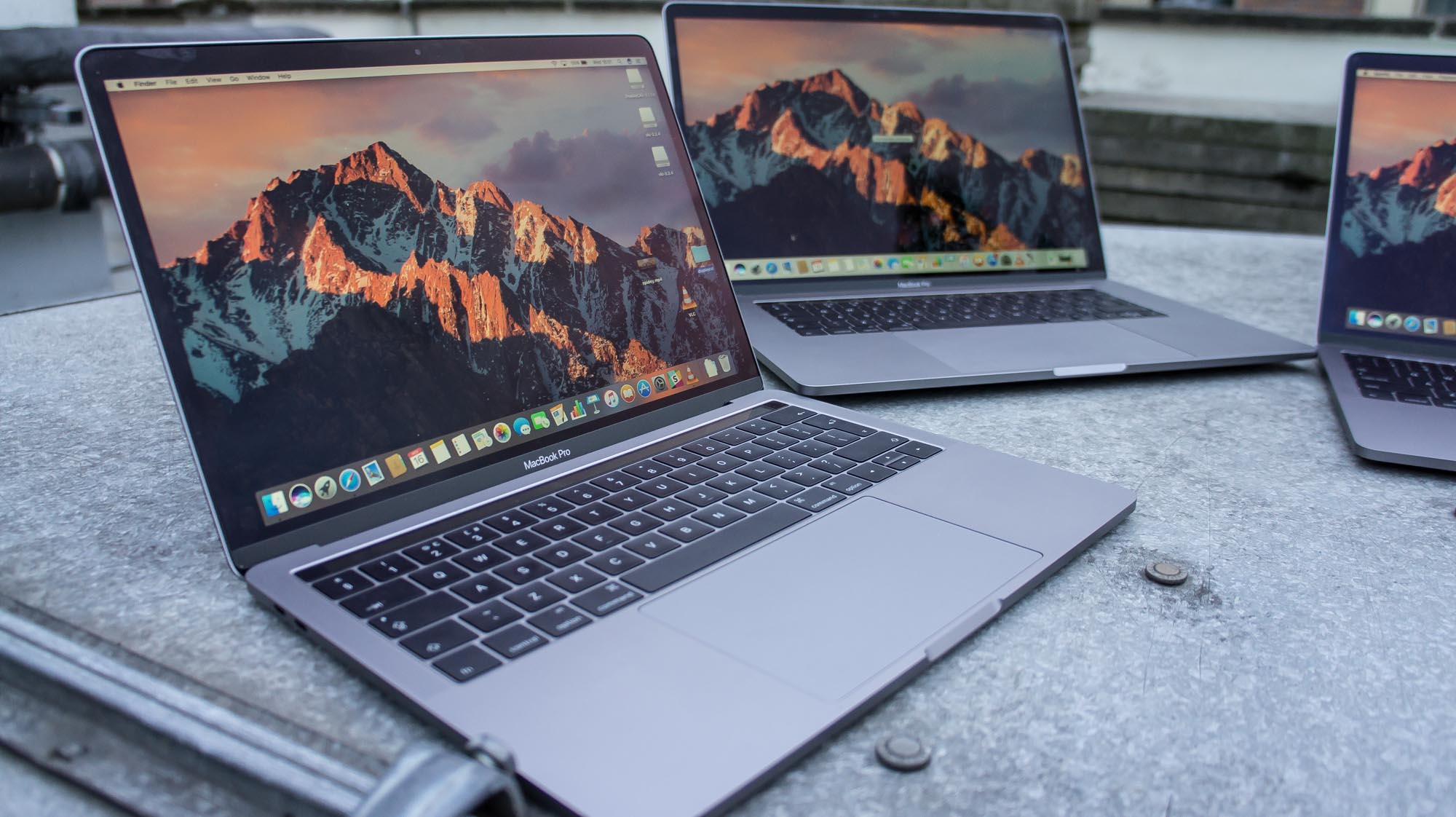

Apple's keyboard on the new 2018 MacBook Pro may have quietly fixed an issue where dust rendered keys inoperable, a teardown of the latest machine suggests.
Despite Apple claiming the new 2018 MacBook Pro keyboards were not made to prevent the widely reported issue, iFixit has taken apart the new model and found a silicone membrane that covers the mechanism under each key.
Sam Lionheart, lead teardown engineer at iFixit, said: "Apple is in the middle of several class-action lawsuits for the failure of their keyboards, so of course they can't just come out and say, "Hey, we fixed it!" That says there was a problem to begin with."
The problem being referred to is with Apple's faulty butterfly keyboards that have been the focus of lawsuits that allege dust and debris filtered in through the keyboard can make them useless.
The company has earlier admitted a "small percentage" of MacBooks had suffered a design flaw where letters or characters can repeat themselves or feel sticky, but a lawsuit filed in May this year alleges that dust and debris that filtered into MacBooks via the keyboards is the reason and that Apple's Genius bars wouldn't acknowledge the problem.
The butterfly mechanism was a big redesign for MacBooks in 2015 that saw the keyboard slimmed down by 40%. At the time the company claimed it was four times more stable than the older mechanism.
13/07/2018: Apple launches new MacBook Pro configurations for 2018
Get the ITPro daily newsletter
Sign up today and you will receive a free copy of our Future Focus 2025 report - the leading guidance on AI, cybersecurity and other IT challenges as per 700+ senior executives
Apple has unveiled a surprise update to its MacBook Pro devices, including faster chips, upgraded specs and better displays.
The biggest news is that Apple's MacBook range will now feature Intel's 8th-gen processors. The 15in model will support hexacore i7 and i9 CPUs, while the smaller 13in model will support quad-core i5 and i7 components. In addition, the RAM allocation on the 15in model has been doubled from 16GB to 32GB, while both models now include an increased maximum storage capacity and Apple's TrueTone display technology.
There's a catch, however: the newer, more powerful hardware is only available on the more expensive Touch Bar models. The cheaper versions that have regular function keys instead of Apple's fancy OLED Touch Bar have to make do with the older specifications.
13in MacBook Pro 2017 vs 13in MacBook Pro 2018
| Row 0 - Cell 0 | 13in Touch Bar MacBook Pro (2017) - 1,749 | 13in Touch Bar MacBook Pro (2017) - 1,949 | 13in Touch Bar MacBook Pro (2018) - 1,749 | 13in Touch Bar MacBook Pro (2018) - 1,949 |
| Processor | Dual-core 3.1GHz Intel Core i5-7267U (configurable up to 3.5GHz Core i7-7567U) | Dual-core 3.1GHz Intel Core i5-7267U (configurable up to 3.5GHz Core i7-7567U) | Quad-core 2.3GHz Intel 8th-gen Core i5 (configurable up to 2.7GHz 8th-gen Core i7) | Quad-core 2.3GHz Intel 8th-gen Core i5 (configurable up to 2.7GHz 8th-gen Core i7) |
| GPU | Intel Iris Plus 650 | Intel Iris Plus 650 | Intel Iris Plus 655 | Intel Iris Plus 655 |
| RAM | 8GB (configurable up to 16GB) | 8GB (configurable up to 16GB) | 8GB (configurable up to 16GB) | 8GB (configurable up to 16GB) |
| Storage | 256GB SSD (configurable up to 1TB) | 512GB SSD (configurable up to 1TB) | 256GB SSD (configurable up to 2TB) | 512GB SSD (configurable up to 2TB) |
15in MacBook Pro 2017 vs 15in MacBook Pro 2018
| Row 0 - Cell 0 | 15in Touch Bar MacBook Pro (2017) - 2,349 | 15in Touch Bar MacBook Pro (2017) - 2,699 | 15in Touch Bar MacBook Pro (2018) - 2,349 | 15in Touch Bar MacBook Pro (2018) - 2,699 |
| Processor | Quad-core 2.8GHz Intel Core i7-7700HQ (configurable up to 3.1GHz Core i7-7920HQ) | Quad-core 2.9GHz Intel Core i7-7820HQ (configurable up to 3.1GHz Core i7-7920HQ) | Hexa-core 2.2GHz Intel Core i7 (configurable up to 2.9GHz Core i9) | Hexa-core 2.6GHz Intel Core i7 (configurable up to 2.9GHz Core i9) |
| GPU | AMD Radeon Pro 555 2GB (configurable up to Radeon Pro 560 4GB) | AMD Radeon Pro 560 4GB | Radeon Pro 555X 4GB (configurable up to Radeon Pro 560X 4GB) | Radeon Pro 560X 4GB |
| RAM | 16GB | 16GB | 16GB (configurable up to 32GB) | 16GB (configurable up to 32GB) |
| Storage | 256GB SSD (configurable up to 2TB) | 512GB SSD (configurable up to 2TB) | 256GB SSD (configurable up to 4TB) | 512GB SSD (configurable up to 4TB) |
The new processors should offer a significant boost over the previous generations. While the clock speed has only seen a modest increase from last year's offering, the extra two cores should prove a big boon to multi-threaded application like video rendering. In fact, Apple is quoting performance improvements of 70% for the 15in MacBook Pro and 100% for the smaller 13in model.
Another major improvement is support for Apple's T2 chip, a security processor that was first released as part of the iMac Pro earlier in the year. In addition to enhanced protection features like secure boot and on-the-fly encryption, it also brings support for 'hey Siri' voice activation. Apple claims that the new models feature improved 'quieter' keyboards, too - although whether they last any longer than previous models' notoriously fault-prone keyboards is yet to be seen.
The refresh has come somewhat unexpectedly; Apple usually times updates of its hardware to coincide with one of its major launches or events, such as WWDC or its annual iPhone release. This time, the announcement was made with minimal fanfare.
Although the price of the base configurations has remained more or less the same, your wallet may be in for a shock if you want to max out the hardware specs; the top-end configuration (including hexa-core i9 processor, 32GB of RAM and a 4TB SSD) costs 6,209 inc VAT. For reference, that's well over 2,000 higher than what the previous top-spec model cost. This seems to largely be down to the 4TB SSD which, according to Apple's configuration page, adds an extra 2,880 compared to the standard 512GB SSD.
There have been other subtle changes as well - for example, the cheaper, non Touch Bar-equipped 15in model has now been totally removed, meaning that if you want to have the larger screen size, you'll now be forced to pay a higher price for the Touch Bar version.
As with most surprise Apple announcements, the new MacBook Pro configurations are available to buy now from Apple's site, and will be available through authorised resellers later in the week.
Bobby Hellard is ITPro's Reviews Editor and has worked on CloudPro and ChannelPro since 2018. In his time at ITPro, Bobby has covered stories for all the major technology companies, such as Apple, Microsoft, Amazon and Facebook, and regularly attends industry-leading events such as AWS Re:Invent and Google Cloud Next.
Bobby mainly covers hardware reviews, but you will also recognize him as the face of many of our video reviews of laptops and smartphones.
-
 Westcon-Comstor and Vectra AI launch brace of new channel initiatives
Westcon-Comstor and Vectra AI launch brace of new channel initiativesNews Westcon-Comstor and Vectra AI have announced the launch of two new channel growth initiatives focused on the managed security service provider (MSSP) space and AWS Marketplace.
By Daniel Todd Published
-
 Third time lucky? Microsoft finally begins roll-out of controversial Recall feature
Third time lucky? Microsoft finally begins roll-out of controversial Recall featureNews The Windows Recall feature has been plagued by setbacks and backlash from security professionals
By Emma Woollacott Published
-
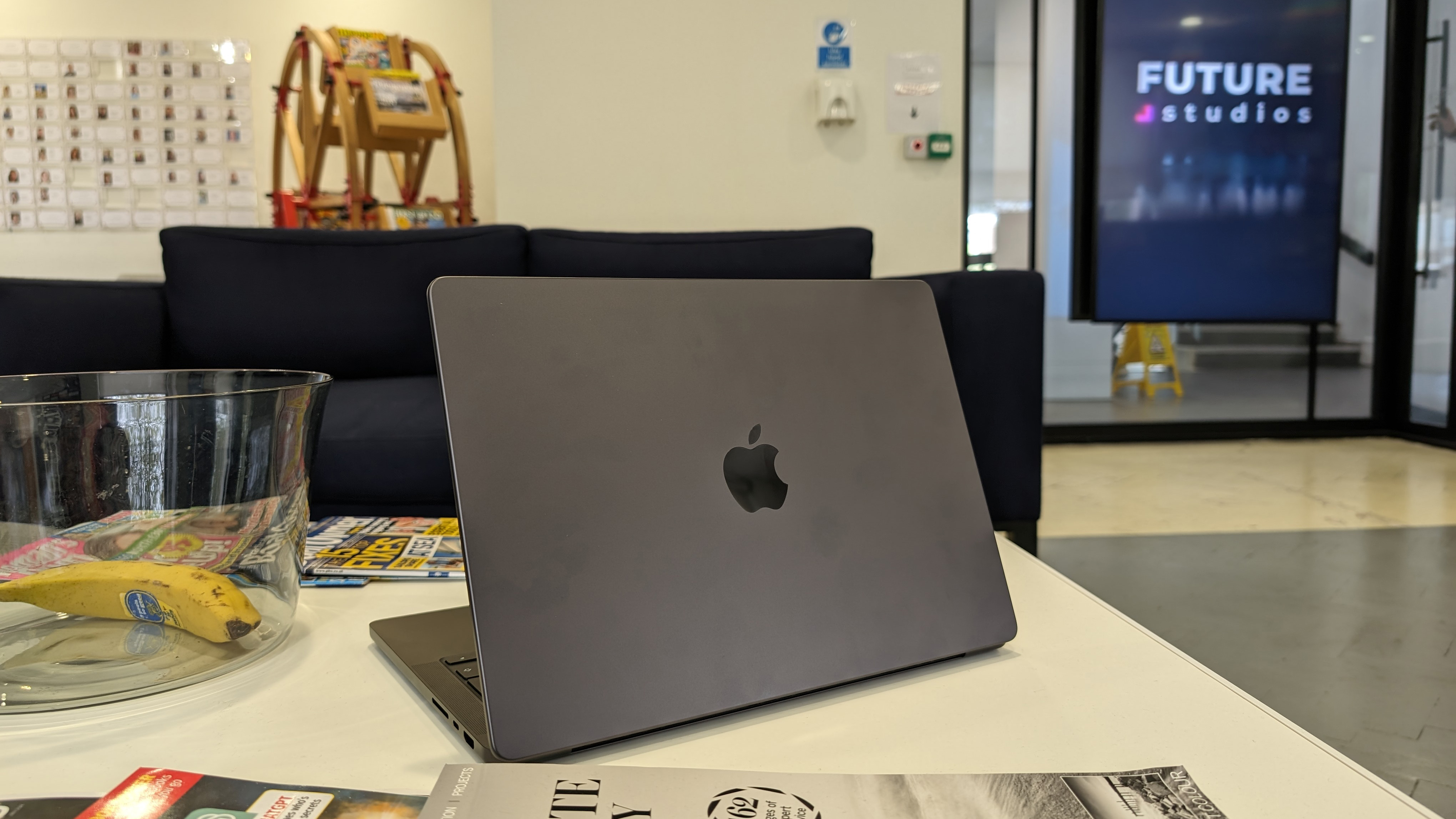 Apple M3 MacBook Pro review: Opt for the lower spec sets and you have an affordable powerhouse with heaps of battery life
Apple M3 MacBook Pro review: Opt for the lower spec sets and you have an affordable powerhouse with heaps of battery lifeReviews A well-built M3-powered MacBook that your small business can rely on – just be careful with your configuration choices
By Bobby Hellard Published
-
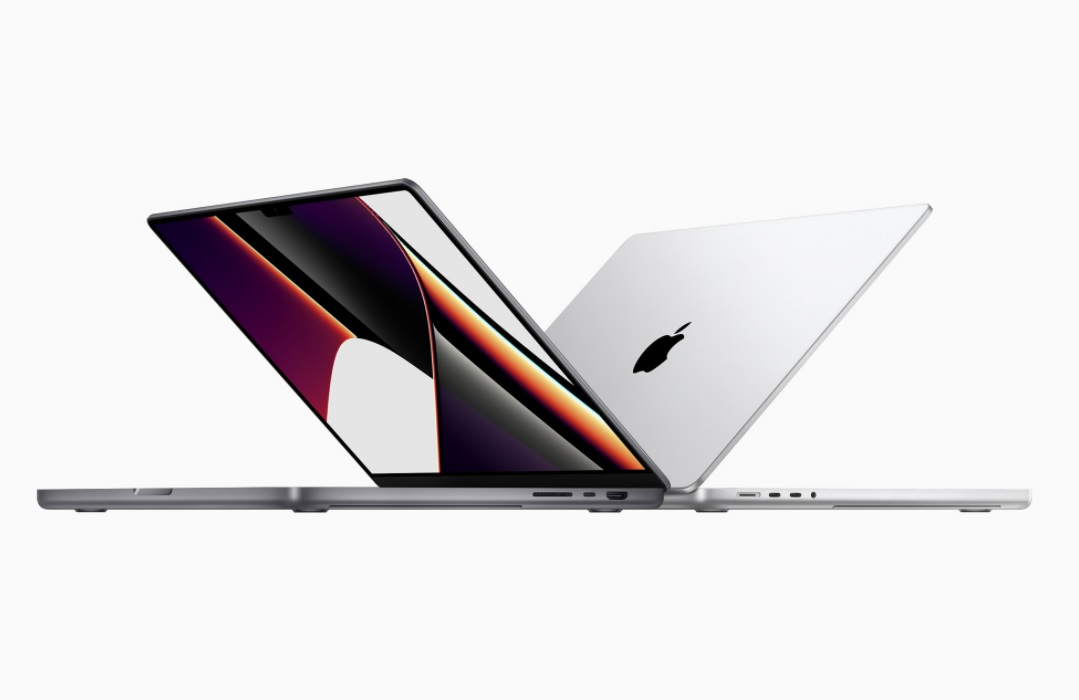 Apple unveils redesigned MacBook Pro with M1 Pro, M1 Max chips
Apple unveils redesigned MacBook Pro with M1 Pro, M1 Max chipsNews Apple's latest high-end laptops pack the company's second-generation homegrown silicon
By Danny Bradbury Published
-
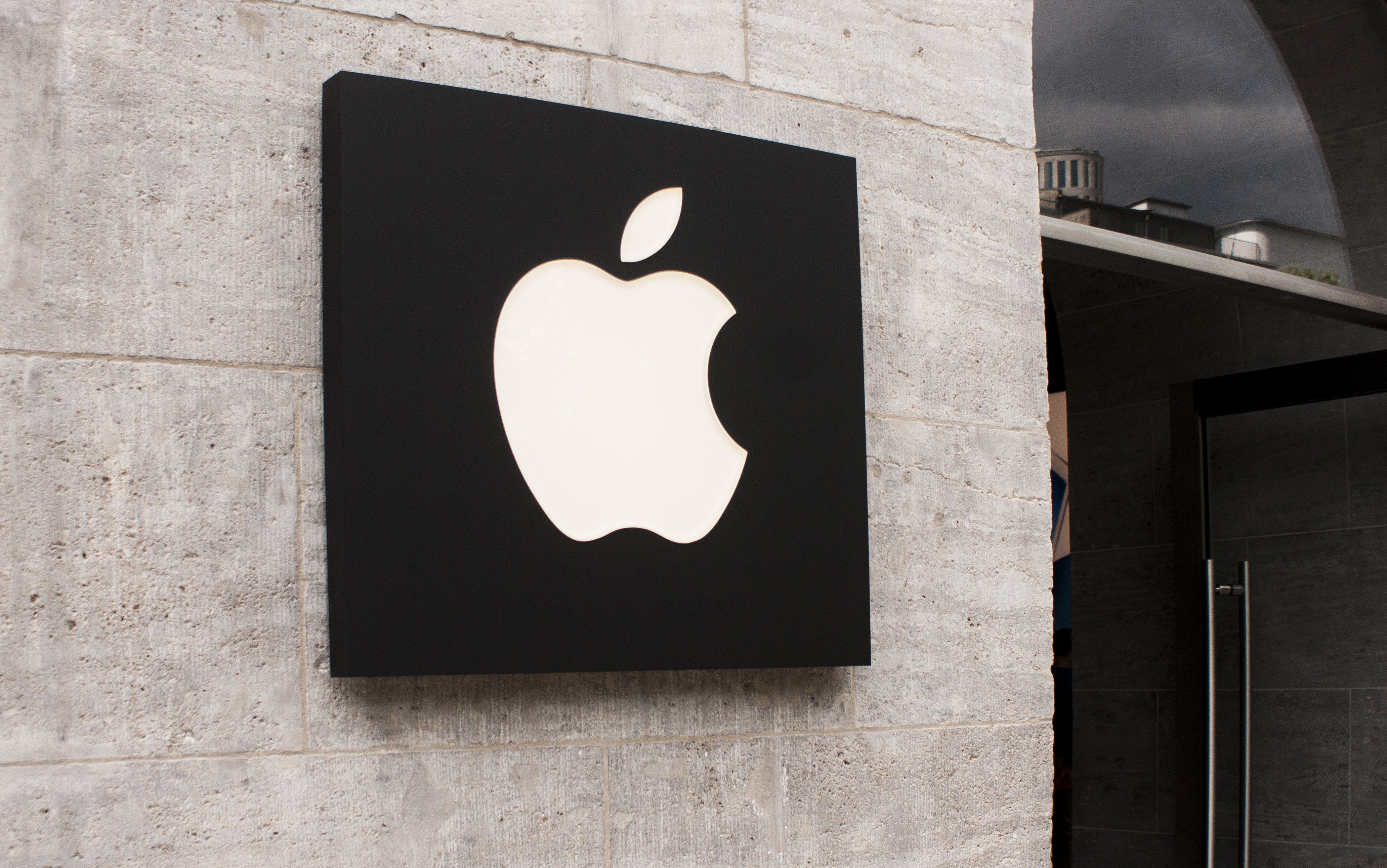 Apple delays controversial CSAM detection feature
Apple delays controversial CSAM detection featureNews The mobile phone giant has backtracked on plans to scan images on its devices
By Danny Bradbury Published
-
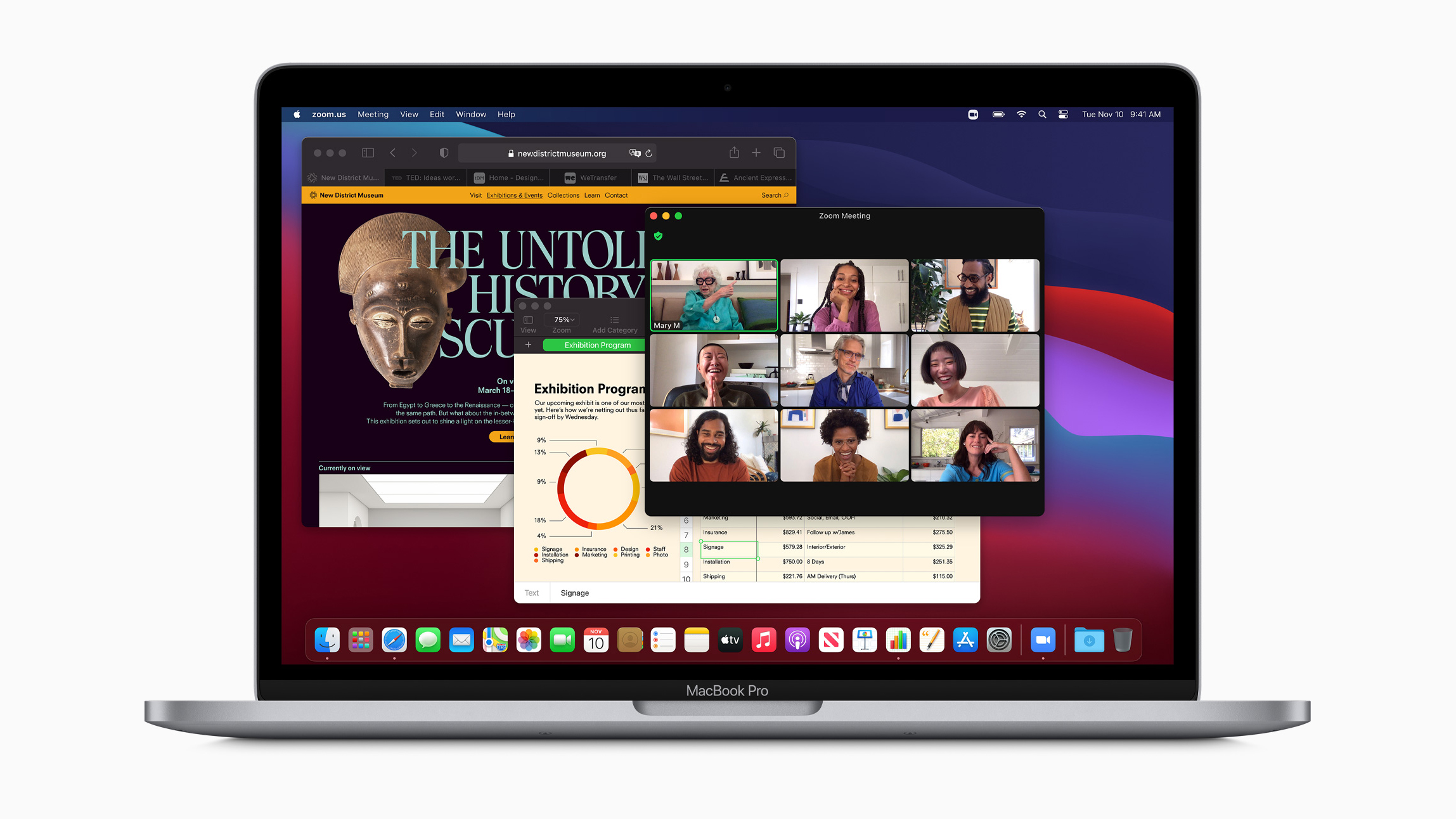
 Apple MacBook Pro 13in (2020) review: Powerful, portable – and almost perfect
Apple MacBook Pro 13in (2020) review: Powerful, portable – and almost perfectReviews The first business-grade M1 laptop is a huge hit
By Darien Graham-Smith Last updated
-
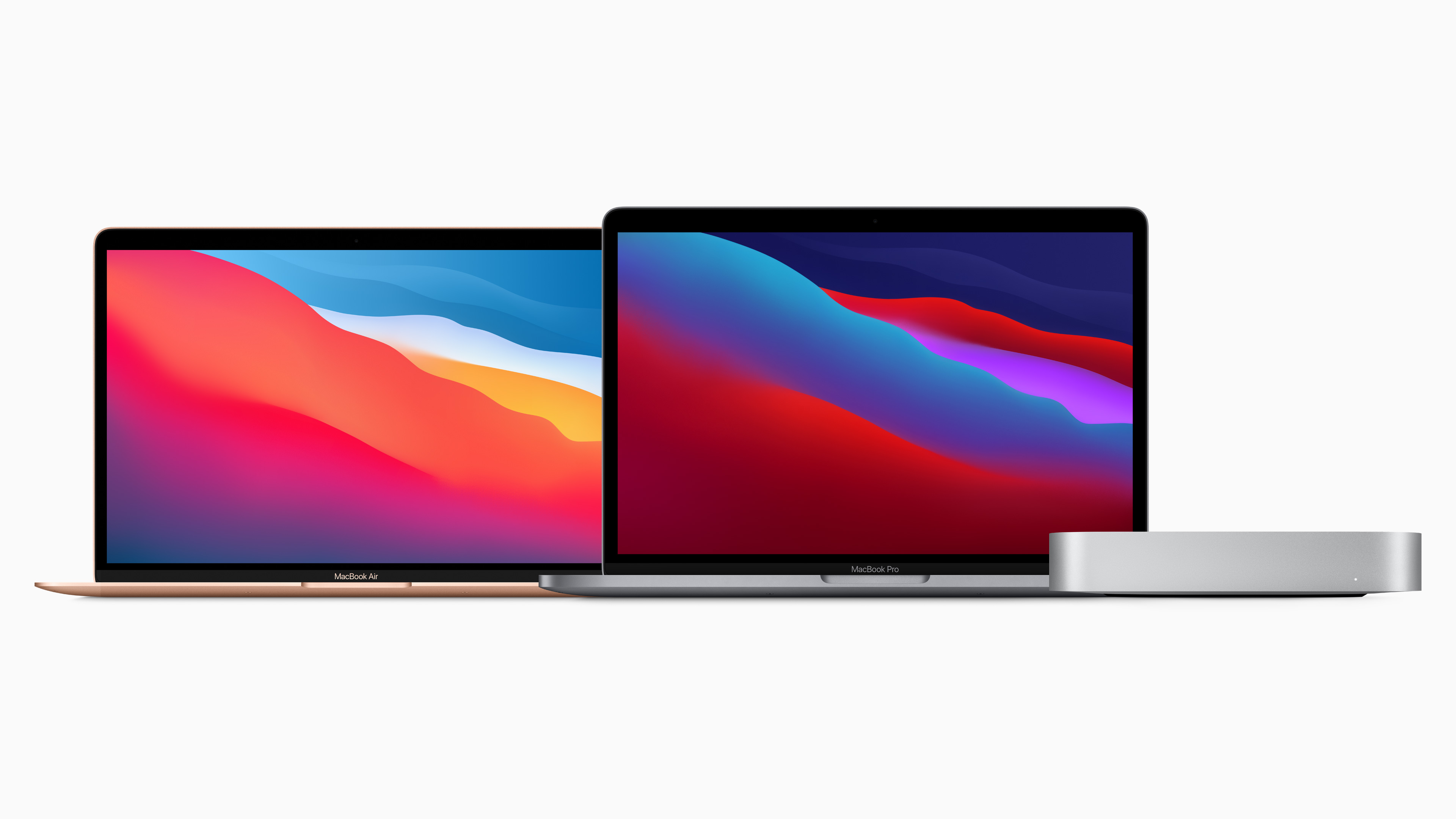 Apple unveils updated Mac lineup powered by its new M1 chip
Apple unveils updated Mac lineup powered by its new M1 chipNews The M1 chip is the first-ever personal computer chip built using 5-nanometer process technology
By Justin Cupler Published
-
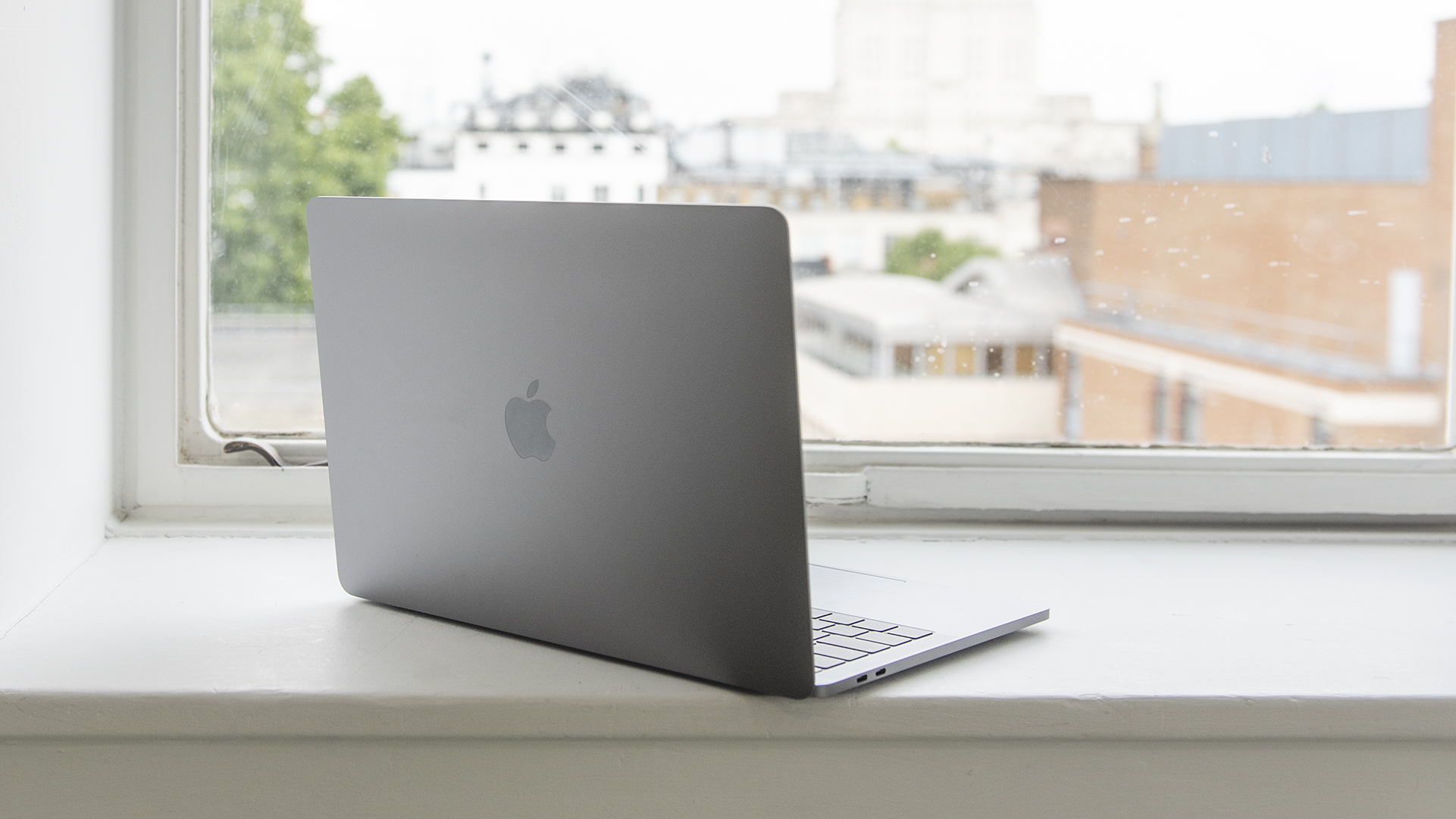
 Apple MacBook Pro 13in (2018) review: Perfection, redefined
Apple MacBook Pro 13in (2018) review: Perfection, redefinedReviews Apple’s latest 13in notebook is virtually flawless
By Clare Hopping Last updated
-
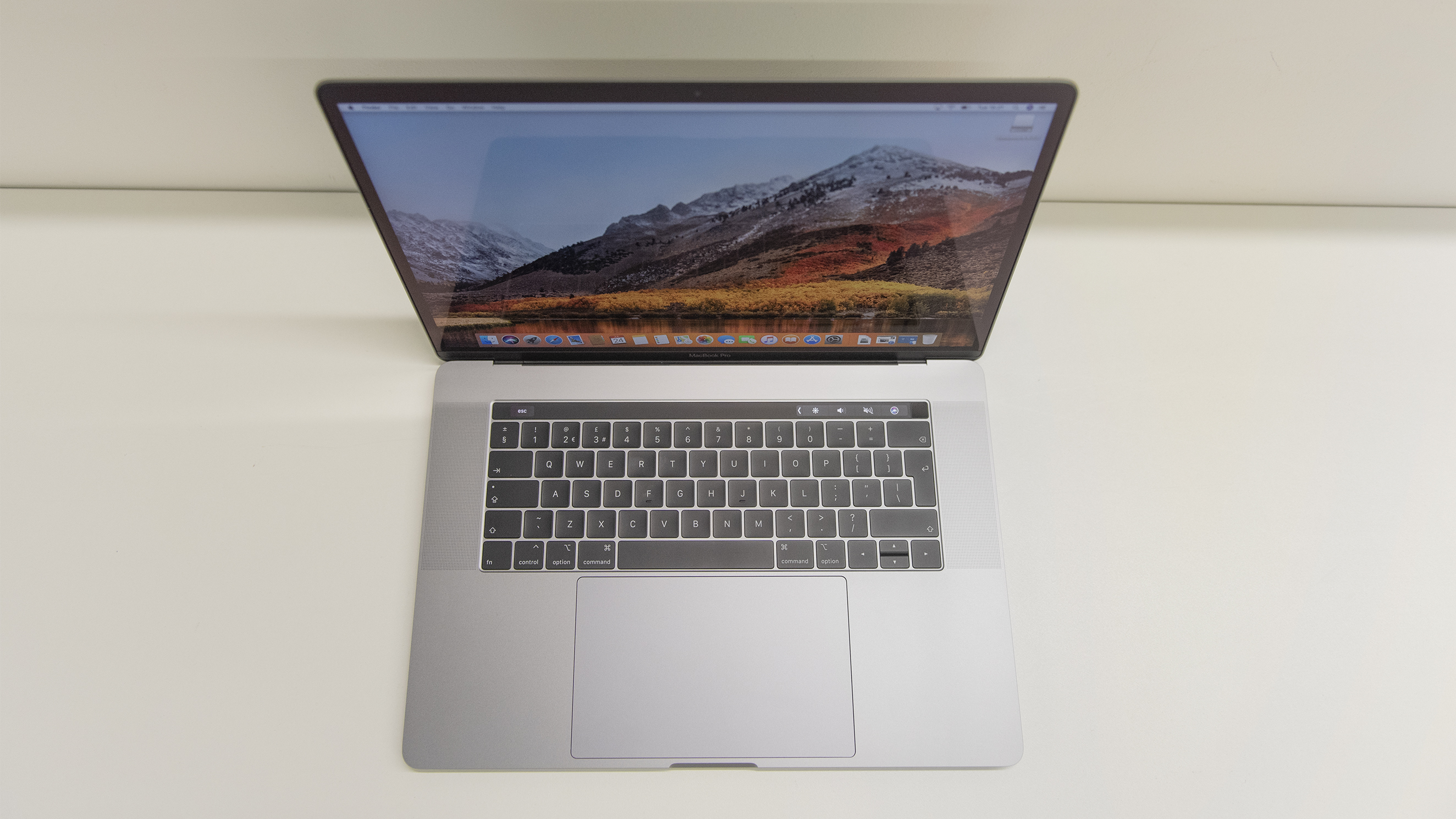
 Apple MacBook Pro 15in (2018) review: Power never looked so good
Apple MacBook Pro 15in (2018) review: Power never looked so goodReviews Apple takes its rivals to school with a truly outstanding laptop
By Connor Jones Published
-
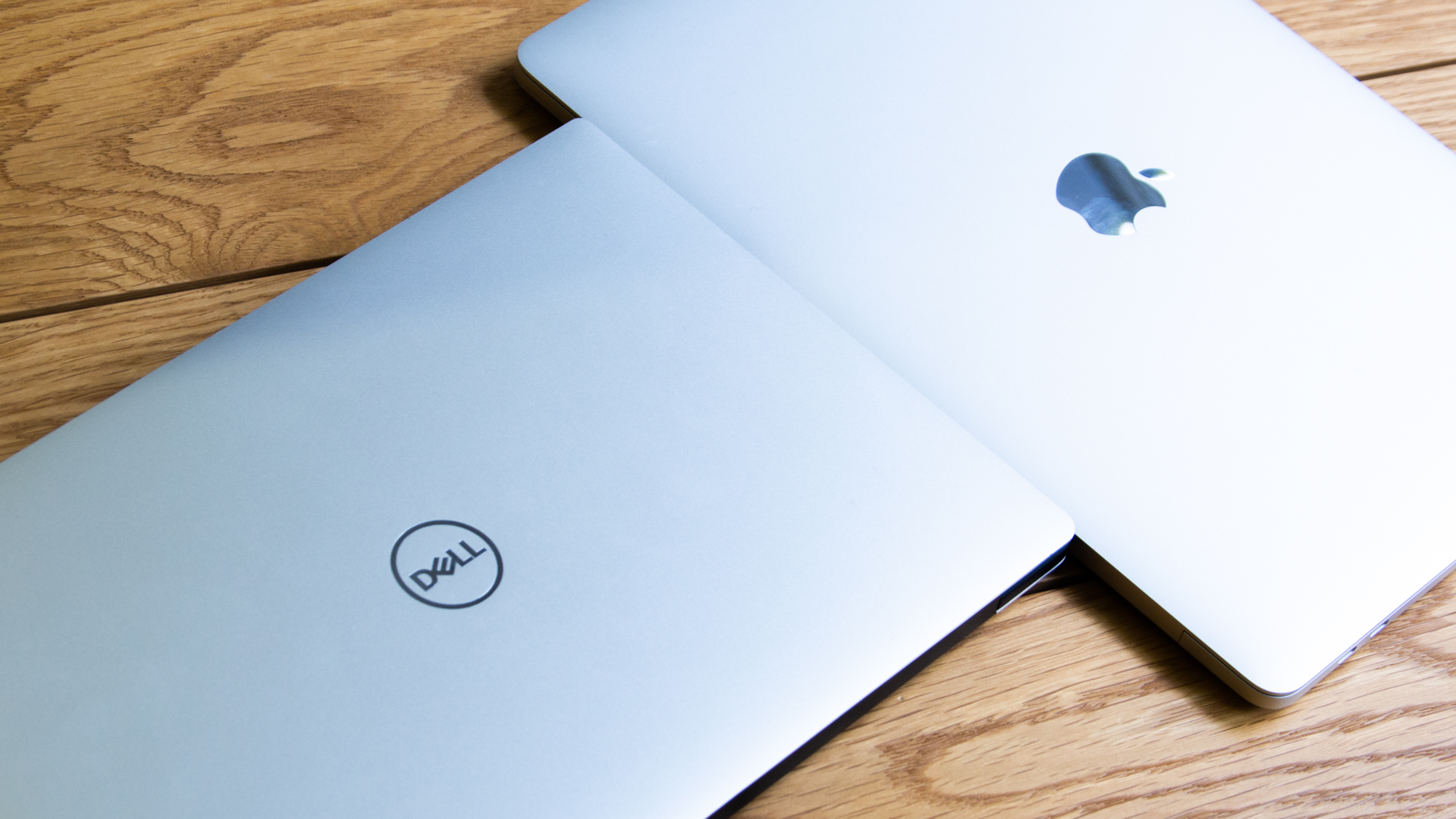 Dell XPS 13 vs Apple MacBook Pro 13in: Portable performance powerhouses
Dell XPS 13 vs Apple MacBook Pro 13in: Portable performance powerhousesReviews Two of the world’s best 13in laptops go head-to-head
By Adam Shepherd Published